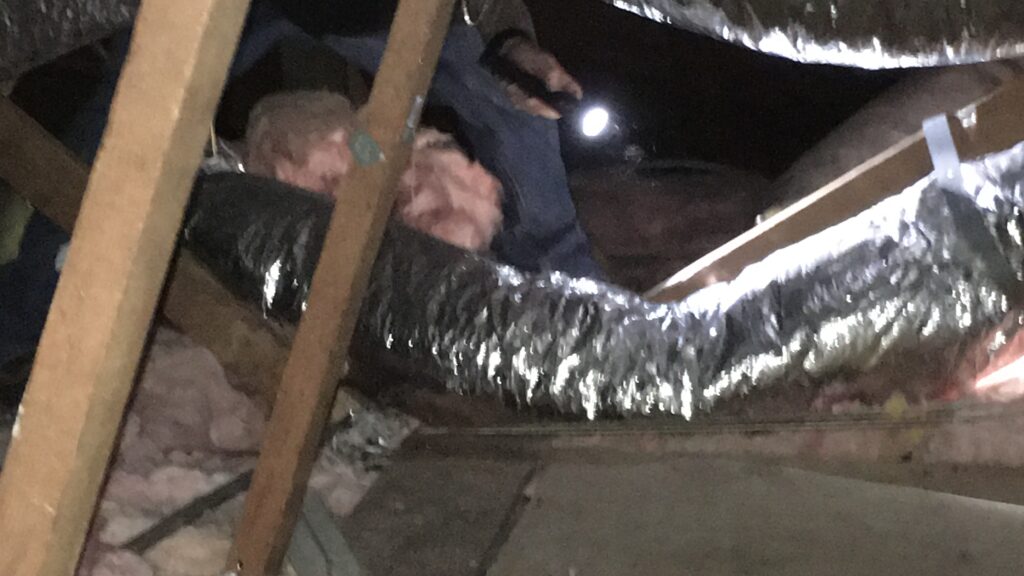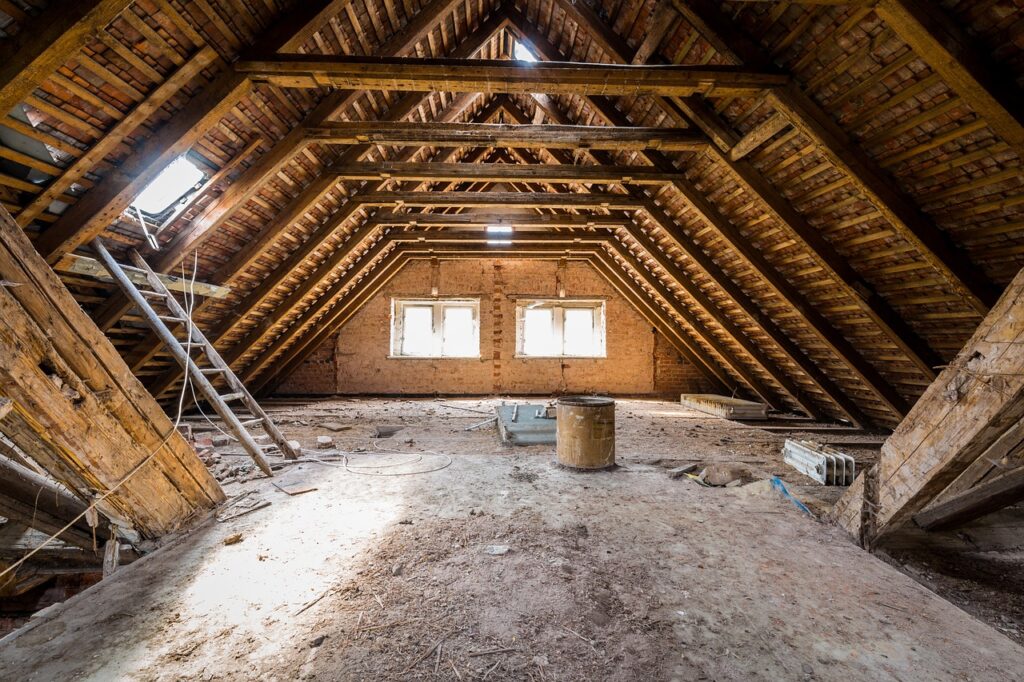
Discovering termite damage in your attic can be distressing, as these silent invaders can compromise the structural integrity of your home. In this blog post, we’ll explore the signs of termite damage in the attic, delve into effective ways to address the issue, and provide guidance on repairing the damage to restore the health of this crucial space.
Recognizing Signs of Termite Damage in the Attic
Termites can quietly wreak havoc in your attic, and early detection is key to minimizing damage. Be vigilant for signs such as hollow-sounding wood, small holes, mud tubes along the walls or ceiling, and discarded wings or fecal pellets. Regular inspections, especially in vulnerable areas like the attic, are crucial for catching termite activity before it escalates.
Conducting a Thorough Inspection
If you suspect termite damage in your attic, conduct a thorough inspection to assess the extent of the problem. Use a flashlight to examine wooden beams, support structures, and any stored items. Look for signs of termite tunnels, frass (termite droppings), or damaged wood. Identifying the affected areas is crucial for targeted treatment and repair.
Seeking Professional Assistance
Addressing termite damage in the attic often requires professional expertise. Certified pest control professionals can conduct a comprehensive inspection, accurately identify the termite species involved, and recommend appropriate treatment options. Consulting with experts ensures a thorough and effective approach to resolving the issue.
Termite Treatment Options
Once the termite infestation is identified, various treatment options are available. Localized treatments, such as applying liquid termiticides to affected areas, can be effective for addressing specific points of infestation. Bait systems and fumigation may also be recommended based on the severity of the problem. Professional guidance is crucial for determining the most suitable treatment plan.
Repairing Termite Damage in the Attic
After addressing the termite infestation, repairing the damage is essential to restore the attic’s structural integrity. Here are key steps in the repair process:
a. Remove Damaged Wood:
- Identify and remove all wood that has been compromised by termites. This may include beams, support structures, or other wooden elements.
b. Replace Damaged Wood:
- Replace the removed wood with treated or termite-resistant materials. Ensure that replacements are securely installed to maintain the attic’s structural strength.
c. Apply Wood Filler and Sealants:
- Use wood fillers to fill in gaps and cracks left by termite damage. Apply sealants to protect the repaired areas from future termite activity.
d. Enhance Ventilation:
- Improve attic ventilation to reduce humidity, as termites thrive in moist environments. Proper ventilation helps create conditions less conducive to termite infestations.
e. Consider Preventive Measures:
- Implement preventive measures such as using termite-resistant materials, maintaining a protective perimeter around the home, and scheduling regular termite inspections to avoid future infestations.
Regular Maintenance and Vigilance
To prevent future attic woes caused by termites, adopt a proactive approach to maintenance and vigilance. Regularly inspect the attic for signs of termite activity, address any moisture issues promptly, and seek professional assistance at the first indication of a potential problem. By staying vigilant, you can preserve the health and longevity of your attic and the overall well-being of your home.

